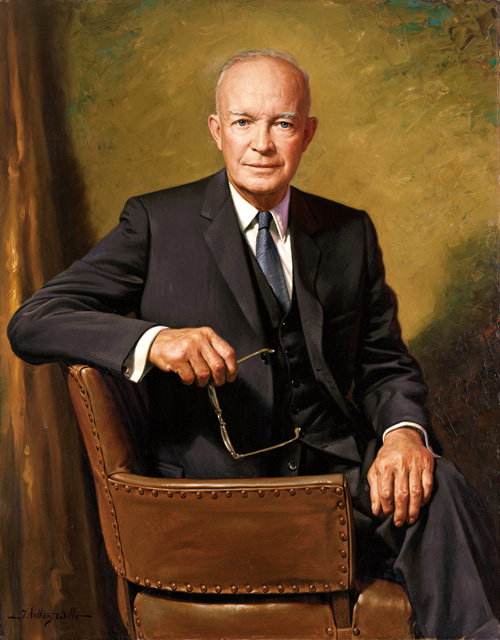
In 1989 Stephen R. Covey published his best seller, The Seven Habits of Highly Effective People. The book popularized what he called the “The Time Management Matrix.”
Many readers may have been unaware that Covey did not give credit to its inventor, Dwight D. Eisenhower.
Eisenhower was a spectacularly effective manager of complex enterprises, with multiple stakeholders, engaged in operations for the highest stakes. Had he not become president of the United States, he would nonetheless be recalled in history as the victorious commander of the Allied forces at D-Day.
Eisenhower–known popularly as “Ike”—offered a pithy and powerful summation of his approach to time management effectiveness: “What is important is seldom urgent—and what is urgent is seldom important.”
The Eisenhower box or matrix is a simple and powerful tool to manage priorities and make sure that important work gets done—and that it is not given short shrift on account of urgent though less important demands on our time.

The Eisenhower Box is based on the premise that all our tasks and obligations fall into one of four categories:
- Urgent and Important
- Urgent but not Important
- Important but not Urgent
- Neither Urgent nor Important
The Eisenhower Box allows us to divide our tasks and obligations into these four quadrants so that we can give sufficient attention to what is important, whether it is urgent or not. It also allows us to eliminate the time wasters that are neither urgent or important so that we have sufficient time to attend to what is truly important. Using the box we can focus on what is important first in Quadrants I and II and leave the less important in Quadrants III and IV to another time or ignore them completely.
As Covey instructed, Quadrant II—that which is Important but not Urgent—includes the consequential of our activities. Nonetheless, it’s often the most neglected, because we are so enmeshed in the demands of daily life and work.
Time Management Skills for Historic Stakes
Eisenhower had mastered time management out of grievous necessity. He was appointed to lead the invasion of Europe in World War II. It was the largest military campaign in history. Ike was accountable for an unprecedented operation, including the strategy and logistics for millions of troops, ships, aircraft and supplies from allied forces from many nations. These disparate parts were to be coordinated as they confronted the entrenched, diabolically fortified defenses of the most fearsome military machine ever created—Nazi Germany’s Festung Europa (Fortress Europe). The Germans fought with unleashed ferocity; the Wehrmacht was the last line of protection for their Fatherland.
As difficult as it is to imagine in the 21st century, Eisenhower prevailed in this extraordinary management challenge without the aid of computers (other than those that were used to break codes). He methodically hewed to what was important, in the face of non-stop distractions and demands on his time and attention.
Later, as president of the United States, Ike applied the same skill set. Critics and opponents initially questioned his capacity to serve in the White House, citing his lack of elective political experience. Soon enough, he proved them wrong. Eisenhower’s administration was generally exceptionally well-run. Accomplishments ranged from the successful conclusion of the Korean War to the establishment of the National Aeronautics and Space Administration.
What About You?
I have used the Eisenhower Box now for over 20 years and can attest to its effectiveness. Immediately upon using it I found that I could get more important work done more quickly. I was no longer preoccupied by unimportant distractions.
If you want to get your important work done and your important goals achieved, test out the Eisenhower Box. It might rock your world.
Daniel R Murphy | Eisenhower Time Management
